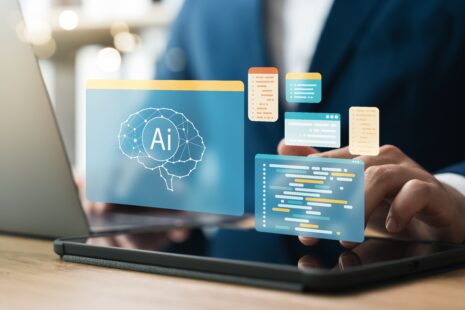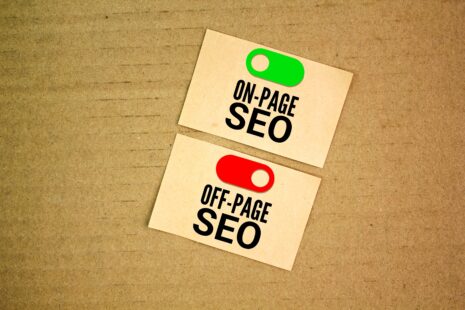AI’s creative intelligence is poised to revolutionize advertising in 2024 by enabling hyper-personalized, data-driven, and innovative campaigns that were previously impossible. The combination of machine learning, natural language processing, and generative AI is transforming how brands connect with their audiences, from ideation to execution.
How AI’s Creative Intelligence is Transforming Advertising
Hyper-Personalized Content
AI’s ability to analyze massive datasets allows advertisers to create campaigns tailored to individual preferences and behaviors.
- AI can segment audiences in real-time based on data like browsing habits, purchase history, and location.
- Example – AI-generated dynamic ads on platforms like Google or Facebook adapt to each viewer, making every ad experience unique.
Generative AI in Content Creation
Generative AI tools like ChatGPT, DALL-E, and MidJourney are changing how brands develop ad content.
- Text Creation – AI can draft engaging ad copy, headlines, and taglines.
- Visual Design – Tools like DALL-E create customized images for campaigns.
- Video Production – AI automates video editing and can even generate realistic synthetic videos.
This reduces production costs and shortens timelines, allowing brands to test and iterate creative ideas quickly.
Real-Time Ad Optimization
AI-powered platforms analyze campaign performance in real-time, making adjustments to targeting, budget allocation, and creative elements without human intervention.
- Example – AI might switch out an underperforming ad image or tweak messaging for a specific demographic, ensuring optimal ROI.
Emotion-Driven Advertising
AI can analyze emotions through facial recognition, voice tone, and text sentiment. This helps brands create ads that resonate deeply with their audiences.
- Example – AI tools might craft emotionally charged campaigns based on current events or consumer mood data, fostering stronger connections.
Interactive and Immersive Ads
AI integrates with technologies like augmented reality (AR) and virtual reality (VR) to create engaging, interactive experiences.
- Example – AI-powered AR campaigns allow customers to “try on” clothes or visualize furniture in their homes, blending entertainment with utility.
Benefits of AI in Advertising
- Cost Efficiency – Automation reduces production and operational costs.
- Speed – AI accelerates the creative process, enabling rapid campaign launches.
- Better Targeting – Campaigns reach the right audience with pinpoint accuracy.
- Scalability – Brands can easily scale efforts across multiple platforms and geographies.
Challenges to Address
- Ethical Concerns – Misuse of generative AI could lead to deepfakes or deceptive advertising practices.
- Data Privacy – Balancing personalization with consumer privacy is critical.
- Over-Reliance – Overusing AI may stifle human creativity and result in generic, algorithm-driven campaigns.
What’s Next for 2024?
AI’s role in advertising will continue to expand, integrating seamlessly with technologies like blockchain for ad transparency, IoT for connected advertising, and voice assistants for conversational marketing. While AI’s creative intelligence offers incredible potential, its success will depend on balancing technology with human oversight and ethical considerations.
AI in advertising isn’t just a tool—it’s becoming a collaborator, amplifying human creativity, and reshaping the industry’s future.




